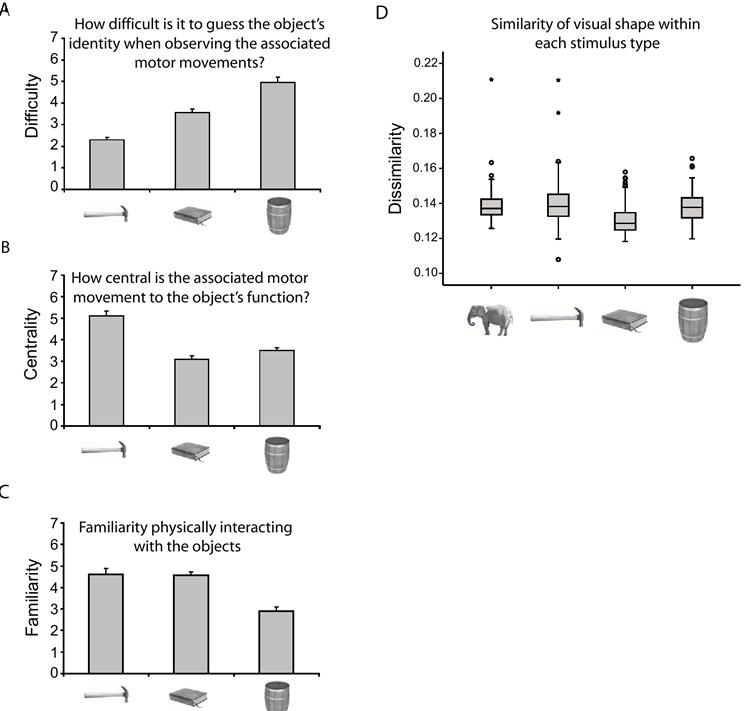Figure 1. fMRI Stimulus characteristics.

The motor-relevant distinctions between ‘tools’, arbitrarily manipulated objects, and nonmanipulable objects were confirmed by ratings (see Supplemental Online Experimental Procedures and Figure S6). Graphs (A-C) represent mean Likert rating ± SEM), with greater values indicating greater difficulty (A), more central (B), or more familiar (C). (A) ‘Tools,’ arbitrarily manipulated objects, and nonmanipulable objects differed monotonically (linear contrast analysis, p < .001; η2 = .92) in the degree to which their identity was predictable from their associated motor movements. (B) The motor movements associated with ‘tools’ were more central in determining their function than were the motor movements associated with arbitrarily manipulated objects and nonmanipulable objects (ps < .001). (C) ‘Tools’ and arbitrarily manipulated objects did not differ (p = .93) with respect to participants’ experience in physically interacting with the objects. (D) Previous research (Op de Beeck et al., 2001) demonstrates that visual shape similarity can determine the pattern of neuronal responses in the ventral stream. A quantitative analysis (see Belongie et al., 2002) of the experimental stimuli demonstrated that there was no difference in similarity of visual shape within stimulus type, among animals, ‘tools,’ and nonmanipulable objects (all ps > .05; see also Figure S7). Within category similarity in visual shape was greater for arbitrarily manipulated objects than for the other stimulus types (all ps < .05, Bonferroni correction). Larger values on the y-axis of the graph indicate greater dissimilarity in visual shape. Box plot represents medians ± inter-quartile ranges (IQRs). Outliers (circles) and extreme values (stars) are defined as values between 1.5 - 3 IQRs, and greater than 3 IQRs, respectively, from the tops and bottoms of the boxes. Not shown in this figure, a separate behavioral experiment measuring naming latencies demonstrated reliable repetition priming (one-way ANOVAs) for all stimulus types (all ps ≤ .05; see Supplemental Online Experimental Procedures for details).
